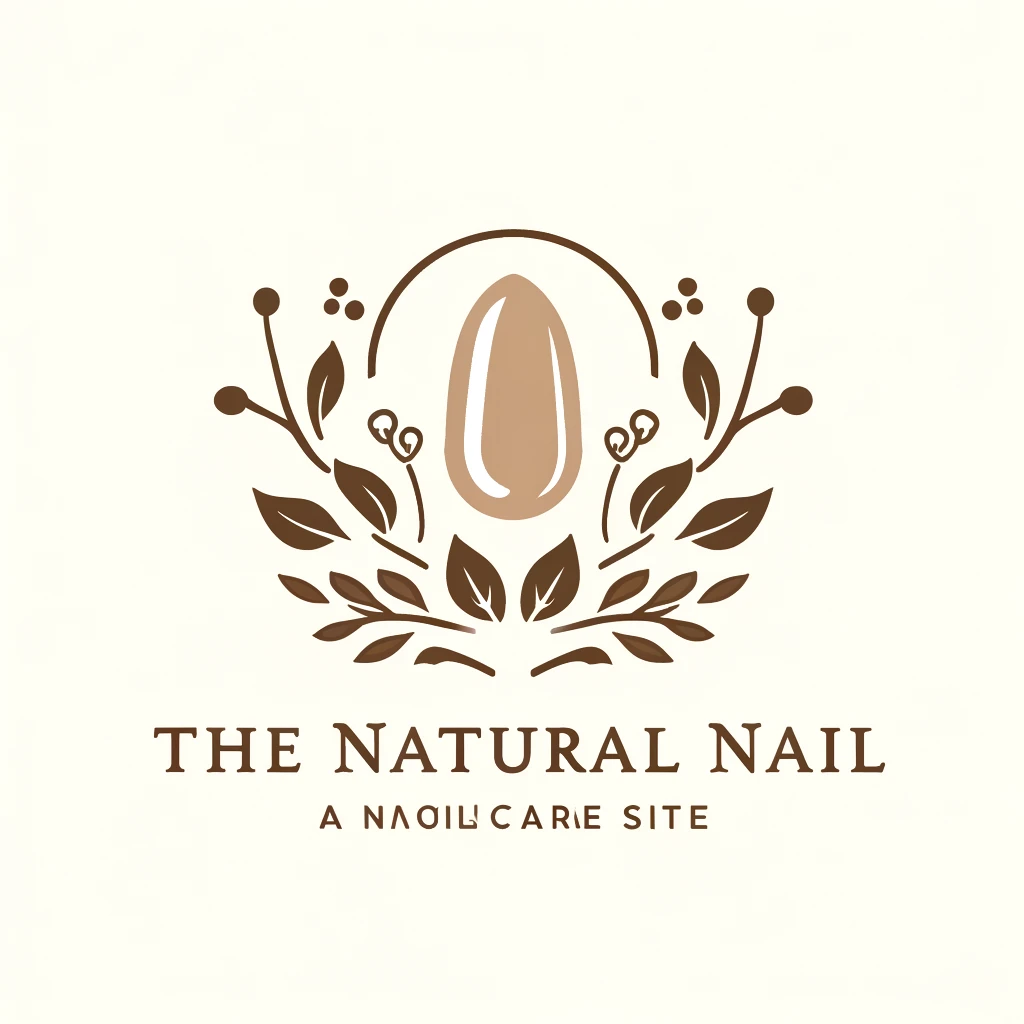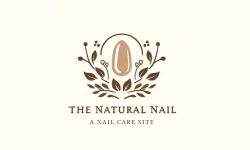To Clean and maintain acrylic nail tools are essential for ensuring their longevity and optimal performance. Proper care not only extends the lifespan of your tools but also helps maintain hygiene, which is crucial in any nail application process. Whether you are a professional nail artist or a DIY enthusiast, understanding the best practices to clean and maintain acrylic nail tools will contribute to your success in achieving beautiful acrylic nails.
Start with Thorough Cleaning To Maintain Acrylic Nail Tools
The first step to maintain acrylic nail tools is to establish a regular cleaning routine. After each use, it is important to clean your tools thoroughly to remove any residue, dust, or debris. For brushes, the process starts with rinsing them under lukewarm water to remove excess acrylic. It’s crucial to avoid hot water, as it can damage the bristles and cause them to lose their shape.
After rinsing, use a gentle brush cleaner or a mixture of soap and water to gently cleanse the bristles. Work the cleaner into the bristles with your fingers, taking care to avoid bending or tugging at the hair. Rinse thoroughly and reshape the brush head to its original form before laying it flat to dry. Storing brushes upright or in a holder can lead to deformation, so proper drying is essential.

Disinfect Tools with a High-Quality Sanitizer
For acrylic nail drills, cleaning is equally important. After each session, make it a habit to wipe down the handpiece with a disinfectant wipe or a cloth dampened with alcohol. This will remove any buildup of acrylic dust and debris. Ensure that the drill is unplugged before cleaning.
Pay special attention to the area around the drill bit and the vents, as these can accumulate dust over time. Regularly check the drill bits for wear and tear, replacing them as needed to maintain optimal performance. Proper care of the drill bits is crucial; after each use, wipe them with alcohol to remove any product residue and sterilize them.
Files and buffers are also essential tools in the acrylic application process. These should be cleaned after each use to prevent cross-contamination and to maintain acrylic nail tools their effectiveness. For reusable files, rinse them under warm water to remove any dust or acrylic particles.
Use a Brush to Reach Hard-to-Clean Areas
You can also use a soft brush to help remove debris from the surface. For sanitizing, soak the files in a disinfectant solution, following the manufacturer’s instructions for dilution and contact time. It’s essential to allow them to air dry completely before storing them to prevent moisture buildup, which can lead to mold or degradation.
As for disposable tools like sanding bands and nail wipes, ensure you are using them correctly and discarding them after each use. Keeping track of your supplies and ensuring that you have a steady stock will prevent last-minute scrambles during appointments. This practice not only maintain acrylic nail tools hygiene but also ensures the best results for your clients.

Dry Tools Thoroughly to Prevent Rusting
Storage is another critical aspect to maintain acrylic nail tools. Proper storage can prevent damage and keep your tools organized. Invest in a quality storage case or drawer specifically designed for nail tools. This will help keep your brushes, drills, files, and other accessories safe and free from dust. Avoid stacking heavy items on top of your tools, as this can lead to bending or breaking. Keeping your workspace clean and organized will also help you work more efficiently, allowing you to focus on your artistry.
Regularly Inspect and Sharpen Tools When Needed
Regular maintenance checks are essential as well. Schedule time to inspect all your tools for signs of wear and damage. Look for frayed bristles on brushes, chipped edges on files, or any irregularities in your drill’s performance. Addressing these issues promptly can prevent further damage and ensure that your tools remain in top condition. Additionally, consider keeping a maintenance log to track when you last cleaned or replaced your tools, helping you stay organized.

Replace Worn or Damaged Tools
Using high-quality products is also vital for the longevity of your tools. Invest in good-quality brushes, files, and drills designed for acrylic applications. Cheaper alternatives may seem appealing initially, but they often lack durability and performance, leading to more frequent replacements. Higher-quality tools may require a larger initial investment but will save you money in the long run by lasting longer and performing better.

